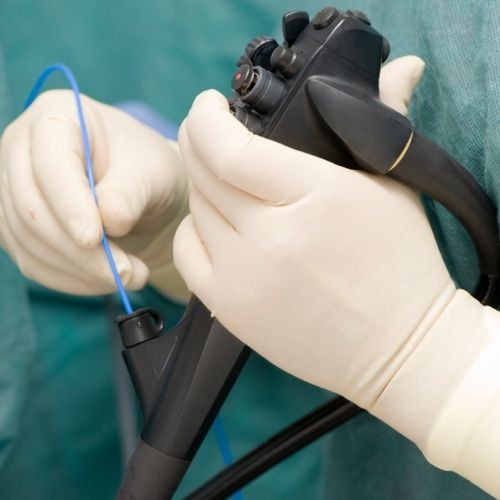A minute anatomy
Intervertebral disc (MTD) is composed of nucleus pulposus and fibrous ring, it performs a cushioning function and ensures the mobility of our spine. Low back pain and herniated disc — this is payback for bipedalism, because we every day on life-load your spine, wear high heels and carry weight. Such loads purposee - starts from the inside to put pressure on the fibrous ring. At first it resists-but the lack of nutrients and exhaustion as a result of osteoarthritis do their thing, and the annulus begins to bulge into the spinal canal. It's initial manifestation usually asymptomatic, and therefore go unnoticed. Depending on the degree of protrusion of the disc distinguish prolapse of the IPOA and the protrusion. Since the load on the spine remains the fibrous ring all also experiencing constant pressure from the nucleus pulposus. And at some point — with an awkward turn, when weight lifting with a jerk during sport zeal — purposee the nucleus breaks through the fibrous ring — this is the herniated disc.
Symptoms
Clinical manifestations of the disease depend on what part of the spine formed a hernia. Most often suffer the most mobile divisions: lumbar and cervical. Depending on localization of hernia the patient suffers from pain in the neck or lower back, radiating to the corresponding limb. Along with the pain comes the feeling of "sluggishness" of the lower back or neck — straining the body muscles to restrict movement in these departments and not to provoke pain. But sooner or later tense muscles get tired and start to hurt. Often the limb numb, the feeling of pins and needles. This occurs when the hernia begins to squeeze the nerve roots and fiber.
Treatments
Hernia treatment can be conservative or operative. Conservative treatment includes:
- anti-inflammatory drugs — they reduce inflammation, swelling and as a result, the pain;
- muscle relaxants — are designed to relax tense muscles and reduce pain;
- b vitamins — improves the transmission of nerve impulses, which is very important for the hernia compressed the nerve roots;
consultation a chiropractor will be able to recommend you more and traction of the spine and postisometric relaxation;
- physical therapy — in mild period physiotherapy help to relieve muscular-tonic tension and relieve pain;
- physical therapy — probably the most important component in this list. After all, all drugs bring only temporary relief, and if not to engage in physical therapy, the pain will come back. Therapeutic exercise strengthens the muscular frame of the back helps support the spine in the correct position. Thanks to the muscular work in the intervertebral discs is actively delivered nutrients.
Surgical treatment is of several types. All of them can be reduced to common denominators: either during the operation is removed intervertebral disc with herniation, or IPOA is supplied to a laser that vaporizes the liquid from the disk. Traumatic surgery long time in the past: now the neurosurgeons are working on a microsurgical level, using microscopes, endoscopes and lasers.
Indications for surgery
Many people are afraid of surgical treatment, fear of anesthesia, fear of pain and complications of surgery. Therefore, they often wait until the last visit to the doctor and miss the opportunity of conservative treatment. You need to understand that the first visit to the doctor you are unlikely to directly send on the operating table, because you need evidence. If such testimony is not, then the treatment will be conservative.
Indications for operative treatment:
- the progression of weakness in the limb, when, in spite of prescribed conservative treatment, the weakness and numbness are not a long time;
- the ineffectiveness of conservative treatment when no medications and treatments do not ease the constant pain, not remove restrictions of movement in the neck or lower back;
- impaired function of the pelvic organs, when the MPD hernia in the lumbar disturbed urination, defecation and erection;
- sequestered herniation, when it undergoes decomposition, and forms a necrotic lesion.
If you have any of these symptoms, the question of conservative treatment is not worth it, because their appearance means that they begin to suffer internal organs, and this is unacceptable.
So afraid of surgery is not necessary: if the doctor to you has appointed, so it is the best way to keep you health!
